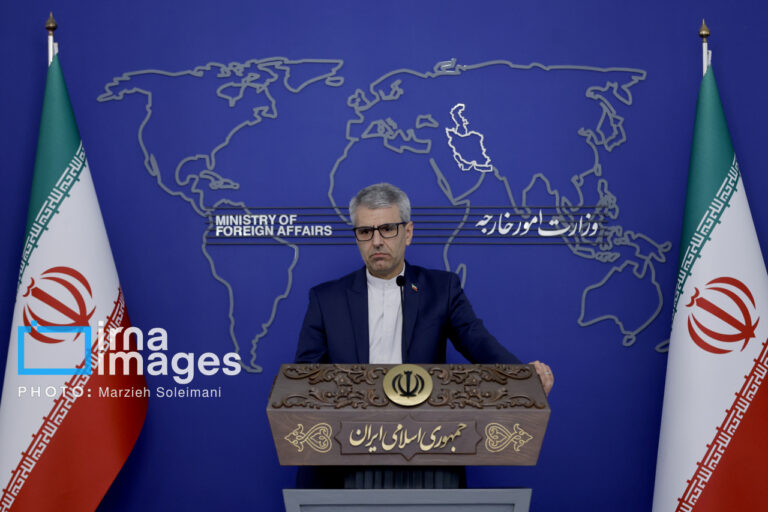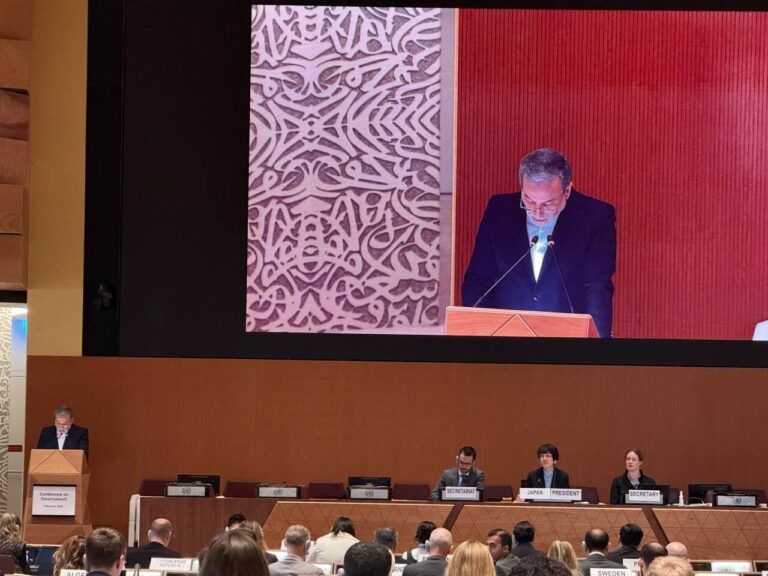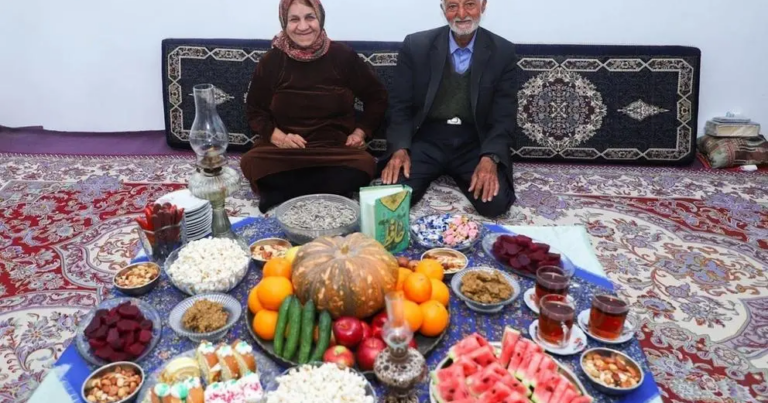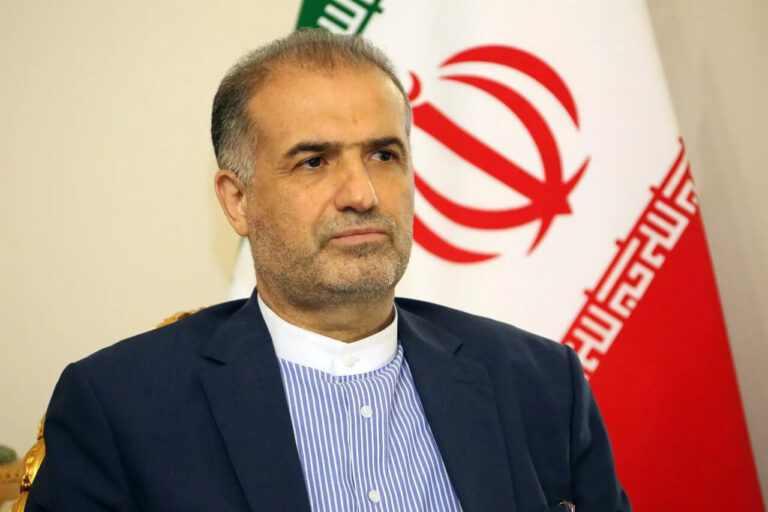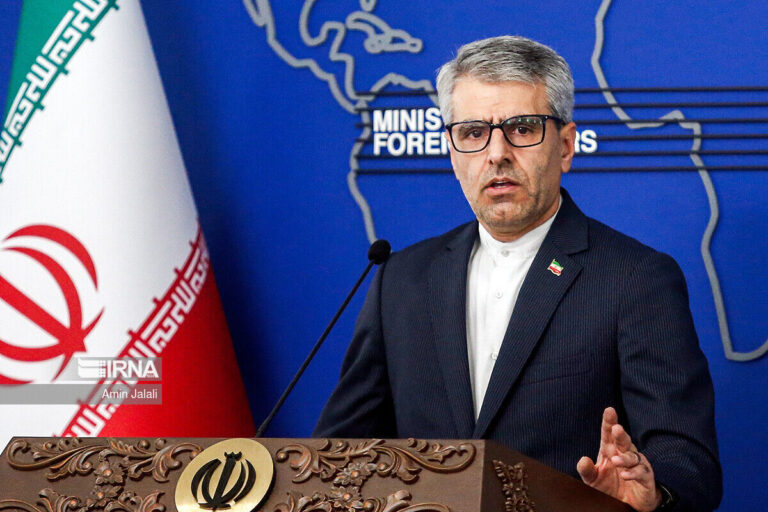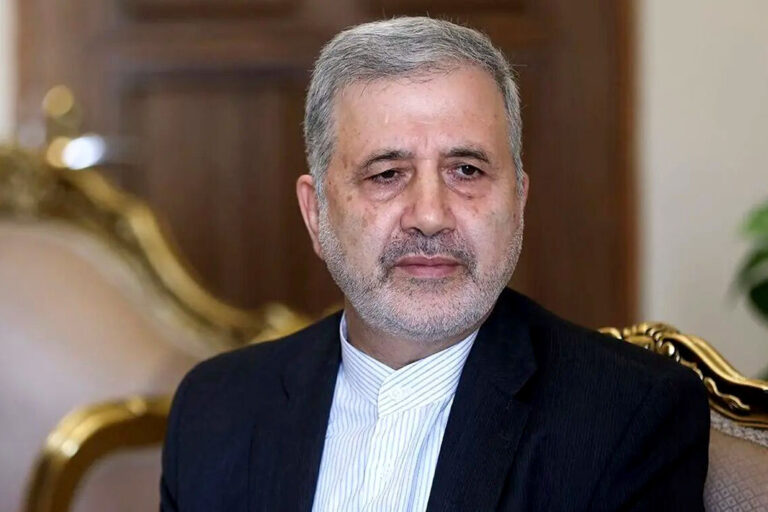Amid Economic Challenges, Pezeshkian Aims to Curb Cash Handouts for Fiscal Stability
The Iranian government, under President Masoud Pezeshkian, is set to implement significant changes to its long-standing cash handout program in a bid to optimize government expenditures as the country faces ongoing economic challenges. This program has been in place for over 15 years, but it is now being scrutinized for its role in contributing to economic distortion and inflationary pressures in Iran.
As the economic landscape in Iran continues to deteriorate, Pezeshkian’s administration is exploring options to reform the cash handout initiative. This move is particularly important as Iran combats the effects of sanctions and economic mismanagement that have led to a hollowed-out budget.
- The proposed exclusion of wealthier households marks a pivotal shift towards a more needs-based support system.
- Currently, approximately 30% of Iranians live below the poverty line, underscoring the necessity for targeted assistance.
- The government aims to remove roughly 18 million recipients from the program to alleviate fiscal pressure.
- Funds are expected to be redirected to support low- and middle-income families who have been severely impacted by inflation rates of 30-40% annually.
For the current fiscal year, Pezeshkian’s administration has allocated a staggering 3,240 trillion rials (approximately $4 billion based on current market rates) for cash subsidies. This figure is separate from extensive indirect subsidies designed to keep the prices of essential goods and services—such as fuel, electricity, and medicine—affordable for the public.
Since the latest subsidy reforms were introduced by former President Ebrahim Raisi in May 2022, the Iranian rial has experienced severe devaluation. The exchange rate has plummeted from 280,000 rials to around 800,000 rials per US dollar as of April 27, 2025. This dramatic decline has significantly eroded the real value of monthly cash payments, which now range from approximately $3.74 to $5 per person for eligible groups.
Origins of Iran’s Cash Subsidy Program
The cash subsidy program was initially launched in 2010 under the administration of Mahmoud Ahmadinejad. It was based on a controversial proposal from reformist Mehdi Karroubi during the contentious 2009 presidential election. Karroubi had promised universal cash payments of 500,000 rials (around $50 at the time) per person, though without a clear implementation plan, which led to concerns over potential inflationary impacts.
Ahmadinejad’s government subsequently initiated the Targeted Subsidy Reform Plan in late 2010, offering monthly payments of 450,500 rials (about $40) to citizens. This program was funded by reductions in energy and utility subsidies, initially boosting Ahmadinejad’s popularity. However, rapid inflation and currency devaluation quickly diminished the program’s value, dropping to about $15 per person by August 2013.
Rouhani’s Response: The Livelihood Subsidy
Hassan Rouhani, who served as president from 2013 to 2021, made several attempts to remove higher-income households from the universal cash subsidy program. However, these efforts were hindered by the lack of a transparent tax database. In response to increasing economic pressure, the Rouhani administration introduced a new “livelihood subsidy” in late 2019, following a spike in fuel prices that sparked widespread unrest.
This new subsidy specifically targeted lower-income groups, providing payments based on household size to approximately 60 million Iranians. Single-member households received 550,000 rials (just over $4 at that time), with smaller amounts allocated to larger families.
Raisi’s Changes: New Tiers and E-Vouchers
Facing escalating economic difficulties, Ebrahim Raisi’s administration restructured the cash subsidy system in May 2022. This restructuring eliminated monthly payments to the highest-income 10% of the population while reallocating funds to remaining recipients. The poorest 30% now receive 4 million rials (around $14), while the middle 60% receive 3 million rials (about $11).
In an effort to further combat inflation, Raisi’s administration introduced a voluntary scheme in February 2023. This initiative allows families to receive their subsidies as store credits instead of cash, enabling them to purchase a selection of 11 subsidized essential food items, including rice, cooking oil, and dairy products, from designated stores.
As Iran navigates through these economic challenges, the planned reforms to the cash handout program reflect a crucial step towards ensuring that support reaches those who need it most. By targeting financial assistance based on need, the government aims to create a more sustainable and effective welfare system amid ongoing economic turmoil.

